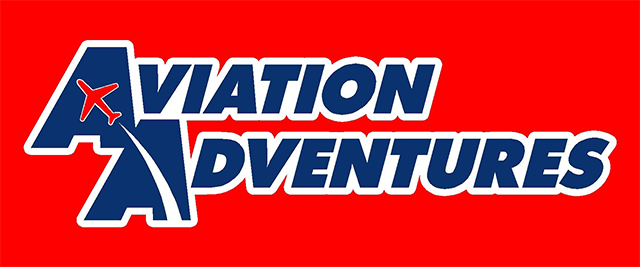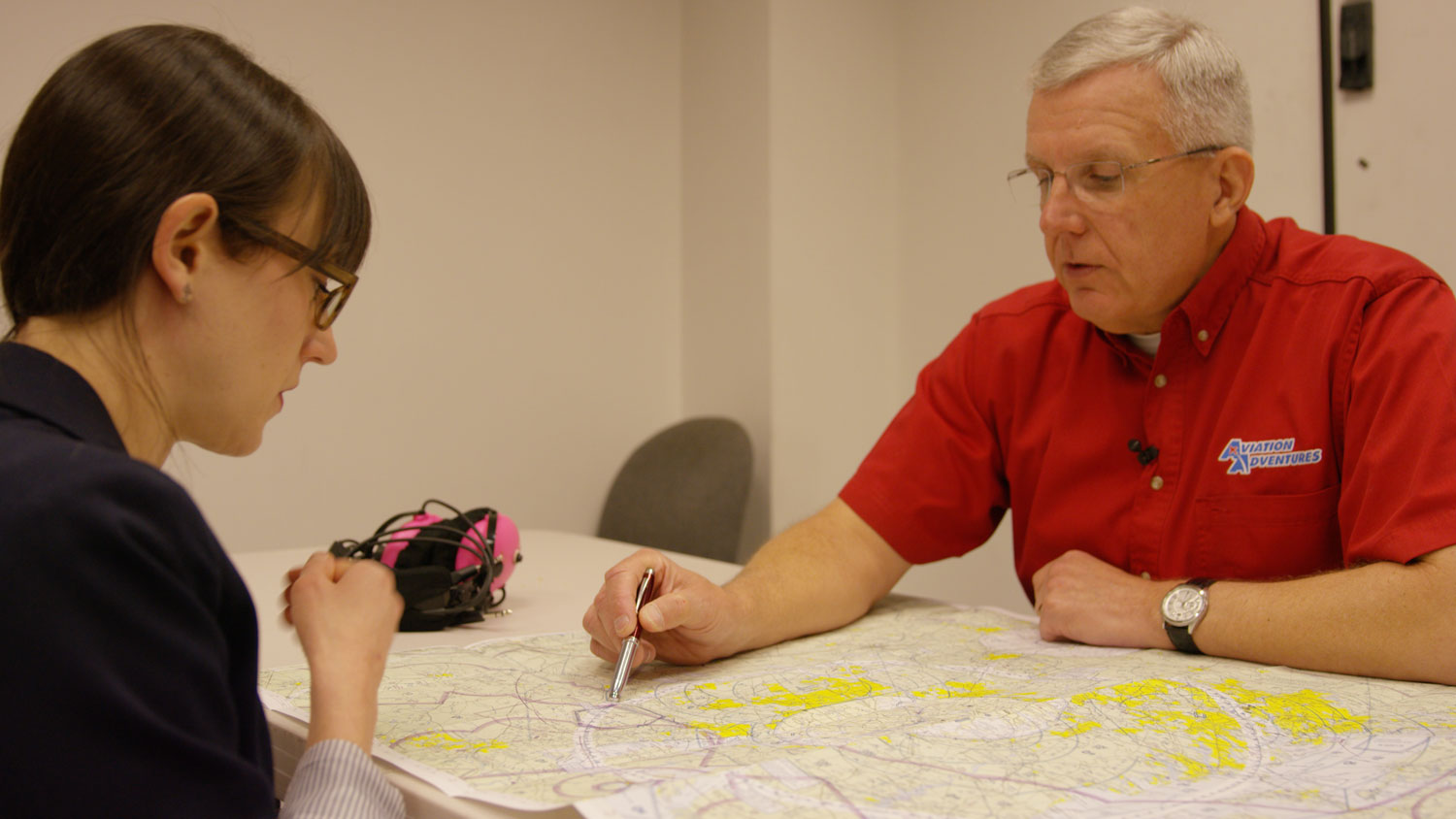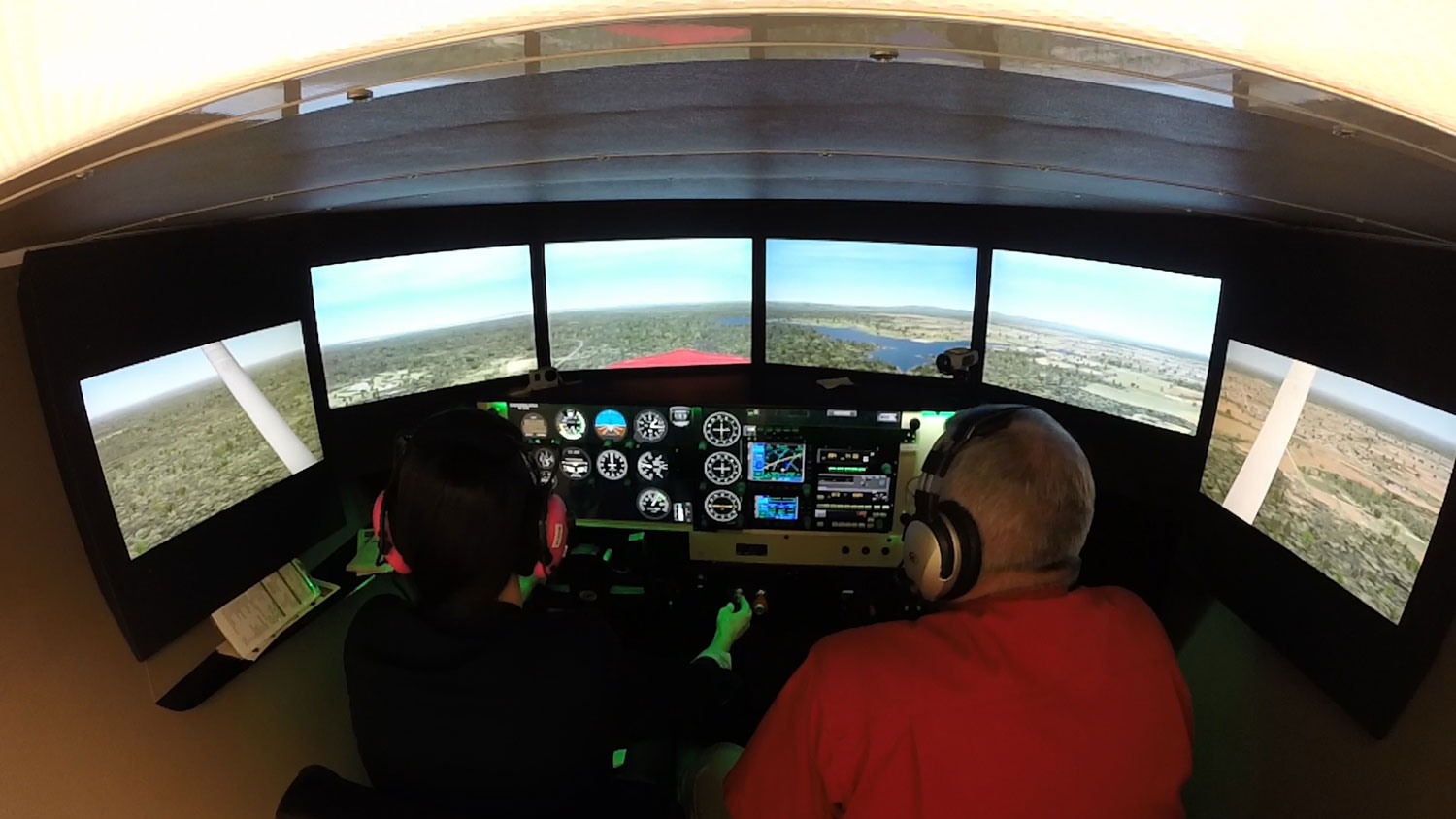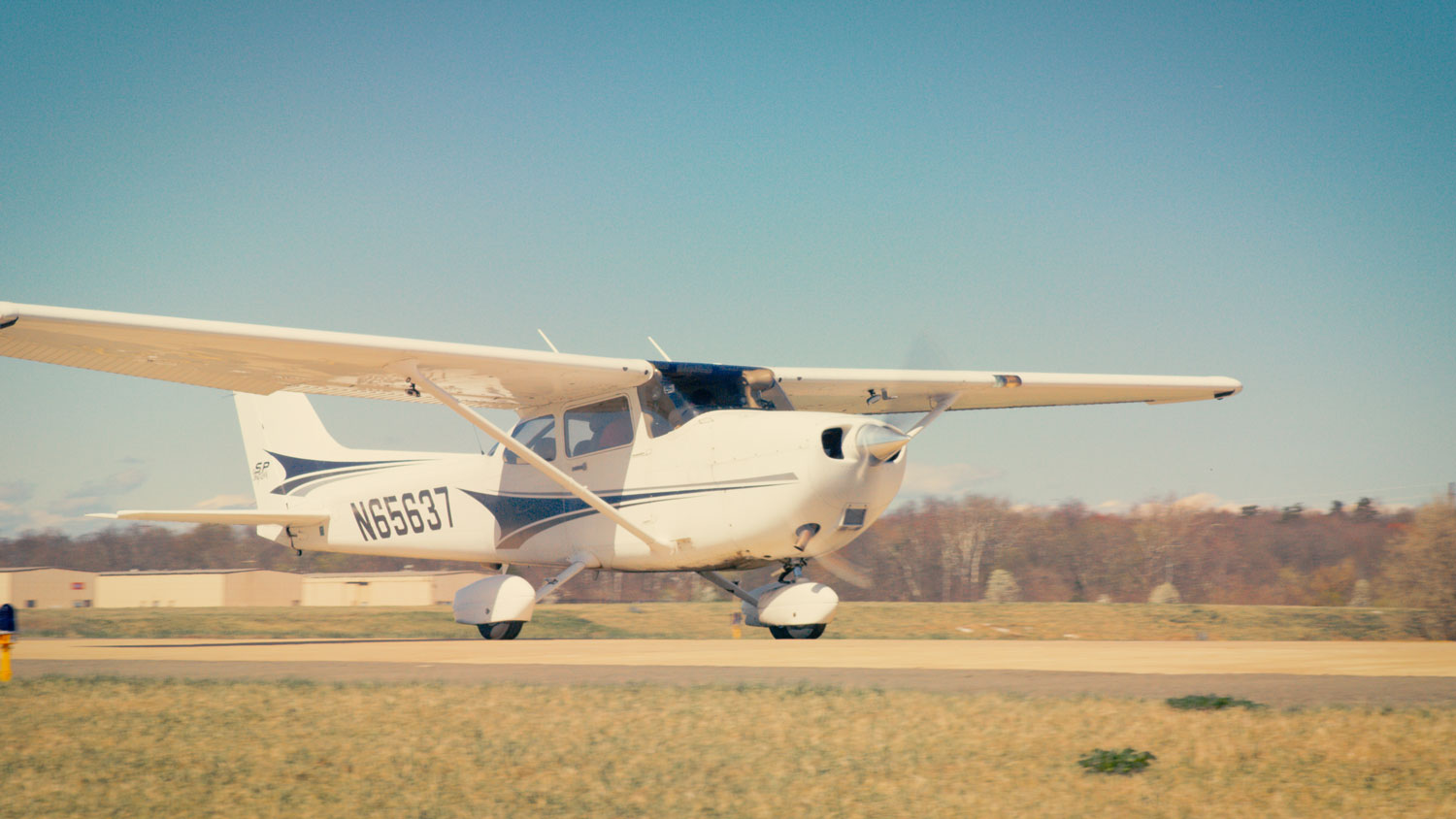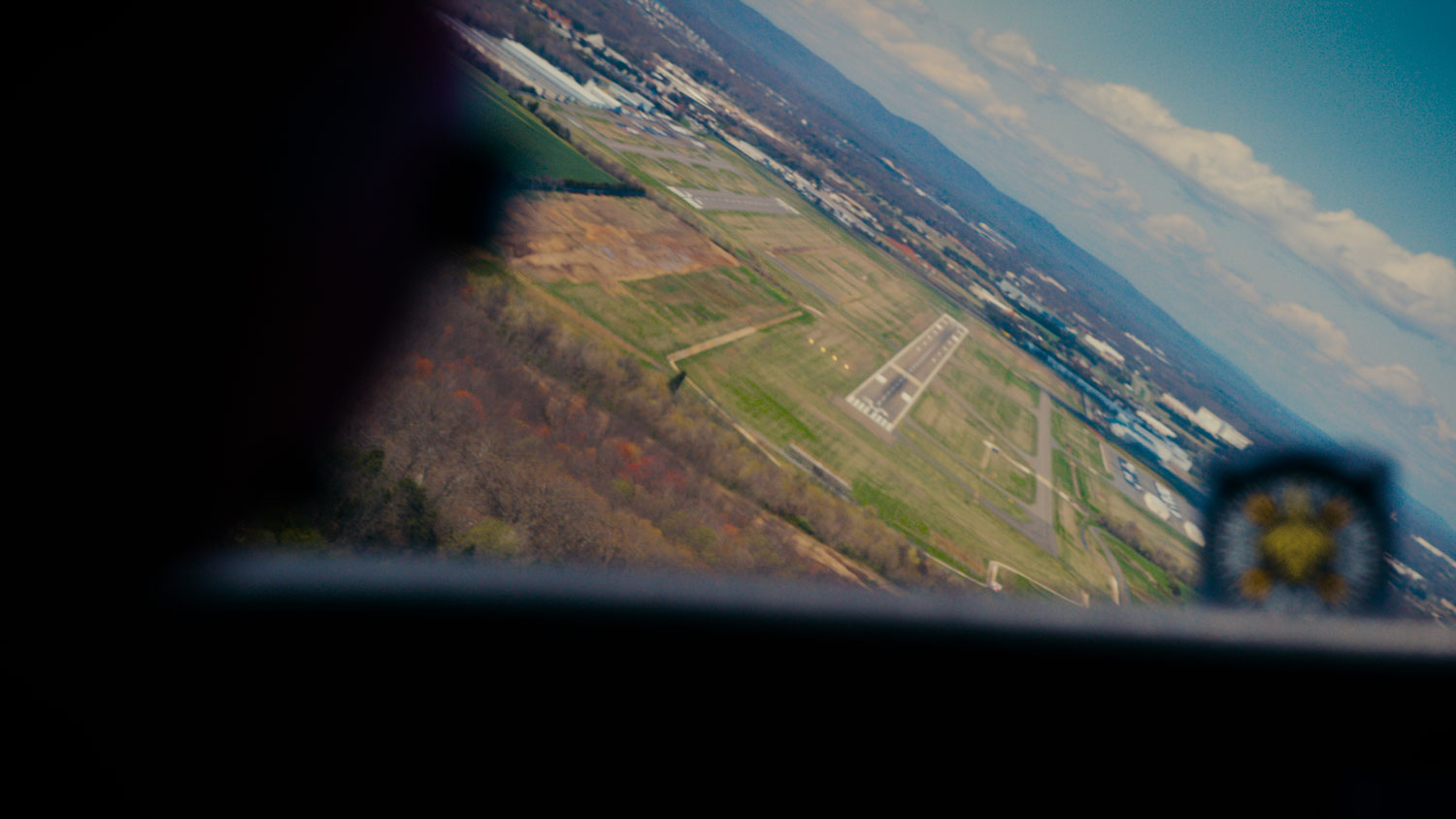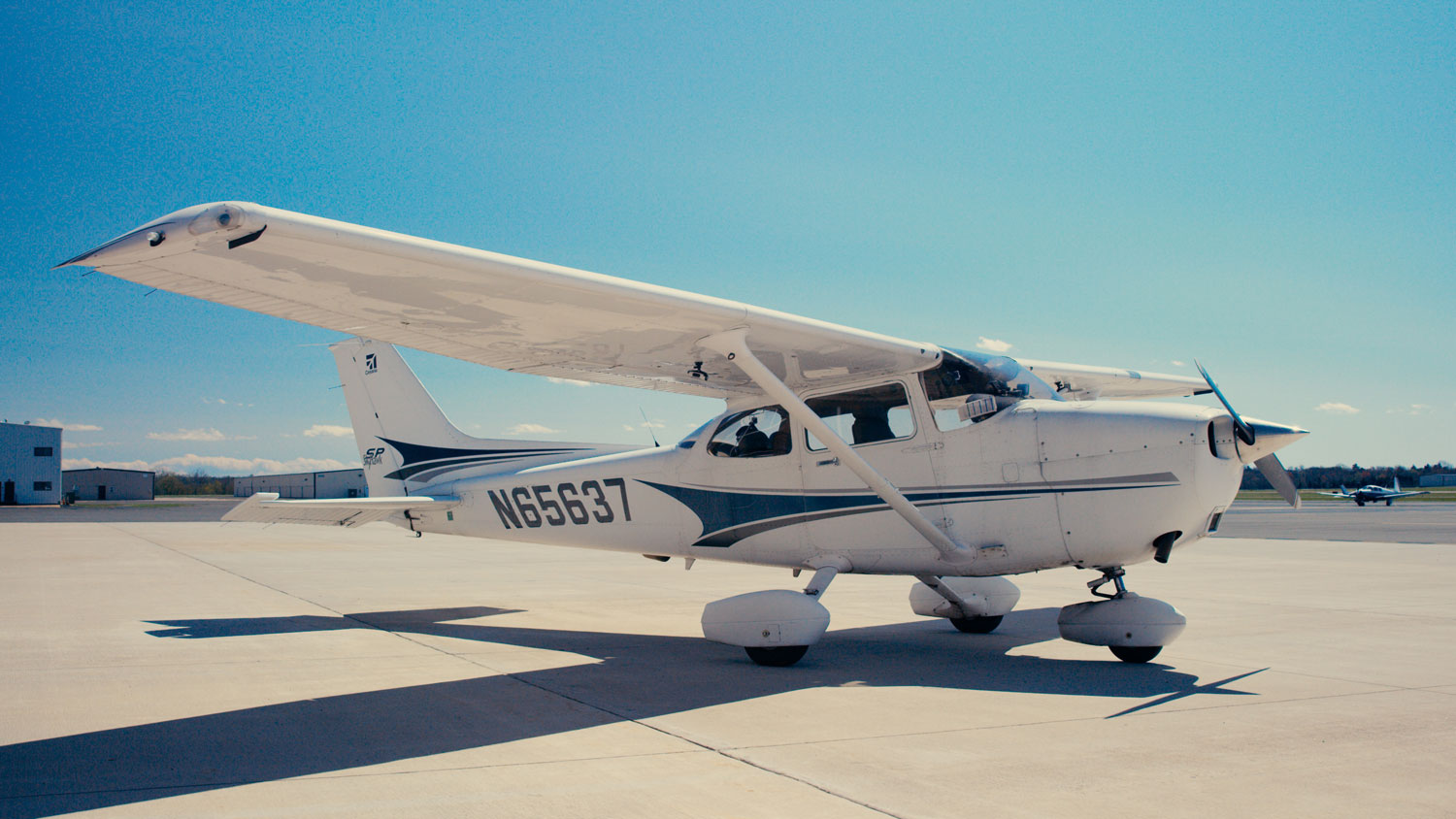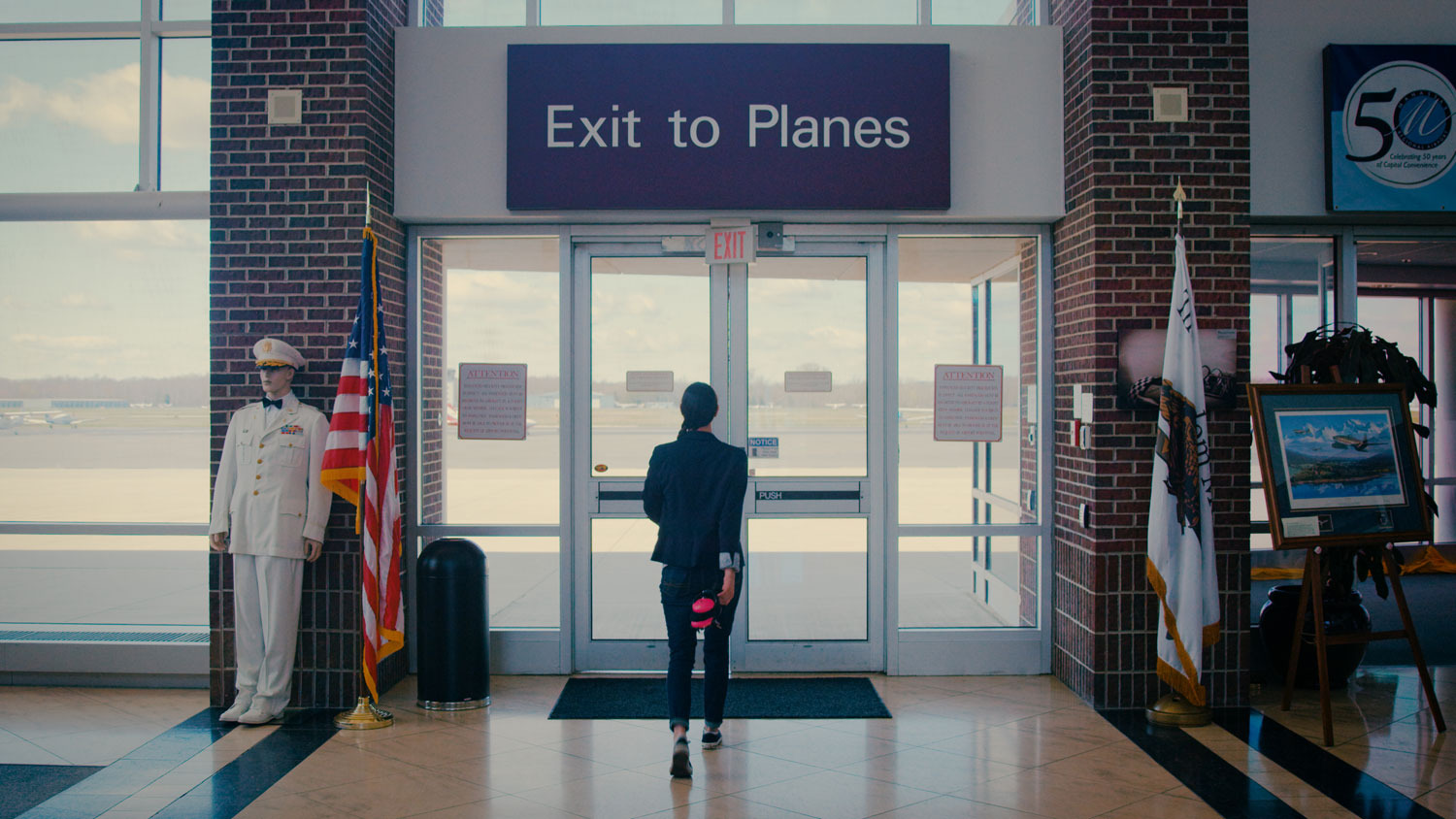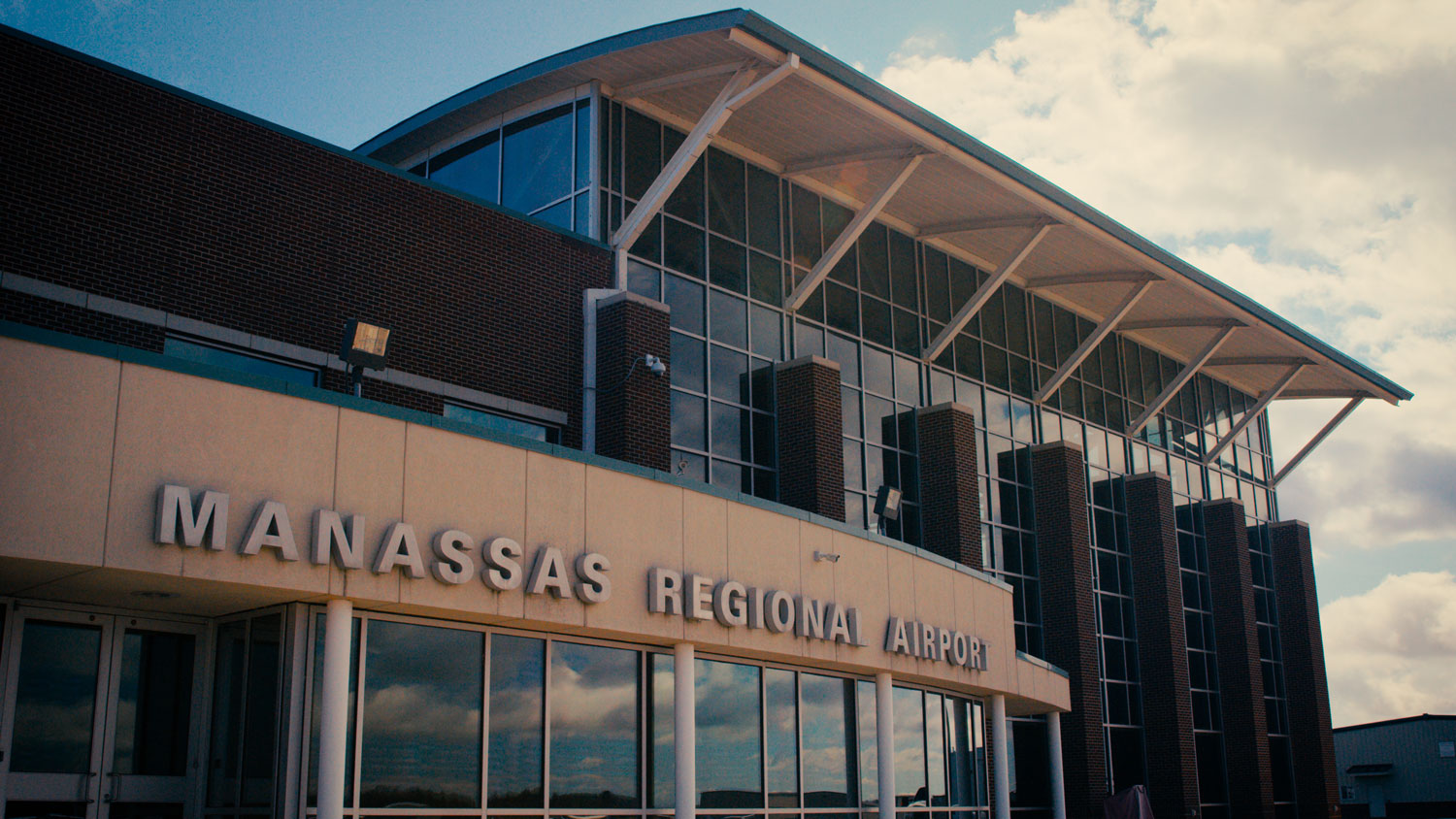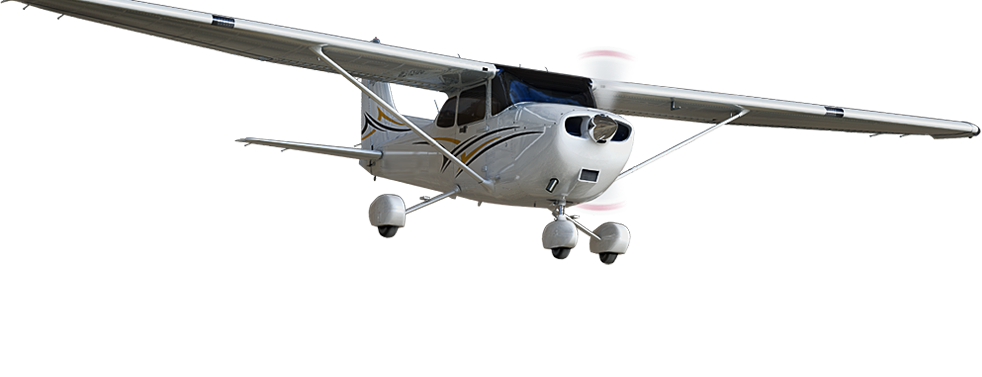It was a successful visit to the Washington D.C. area! The cherry blossoms were in full bloom and the crazy windy days made for some fun flying and “sporty” landings. I went to D.C. to complete a marketing photo mission for a golf course just south of Lake Manassas. The catch… the golf course was inside airspace that intimidates the heck out of me, the Washington D.C. Special Flight Rules Area (SFRA). One look at the Baltimore-Washington Terminal Area Chart and you’ll understand why. Then, a look at the 8-page NOTAM and you’ll start to sweat! Thankfully, I had the guidance of award winning flight instructor, Bob Hepp of Aviation Adventures to take me through the process. I can say now, without a doubt that anyone can, and should, fly through the SFRA. The inner ring, the Flight Restricted Zone (FRZ), however, is still definitely no-way-jose airspace. You’ll just have to land nearby and take a 30 minute metro ride into the heart of the city for touring the monuments and museums.
The way to essentially make the SFRA airspace disappear is to fly through IFR. However, that isn’t always possible. Depending on your reason for flying in the SFRA, the requirements can start to get a little confusing, they change depending on where you are in the SFRA and if you’re at a towered or non-towered airport. For example, if you are doing touch-and-go’s at Manassas airport, you don’t need to file an SFRA flight plan, but if you are doing them at Leesburg, filing is required. The FAA did put this chart together to try and help out.
After taking the required FAA online course and then the practice with Bob, navigating the airspace was actually a piece of cake. It was landing at the airplane’s maximum crosswind component that became the challenge! Apparently the pressure of video cameras all around the airplane and Justin, our camera man sitting in the backseat helped… I totally greased my landing! It was right on centerline with the softest touchdown. (Would it have been awkward if I starting clapping for myself after the landing!?!) My crosswind landing mantra: “nose with toes, drift with wrist”.
My most important lessons from this visit:
1. Never, ever squawk 1200, even when taxiing to back to the ramp.
2. Communicate with ATC and let them know what you’re doing.
3. Always monitor 121.5 – it could prove helpful, in case of a mistake, navigation error, and/or intercept.

